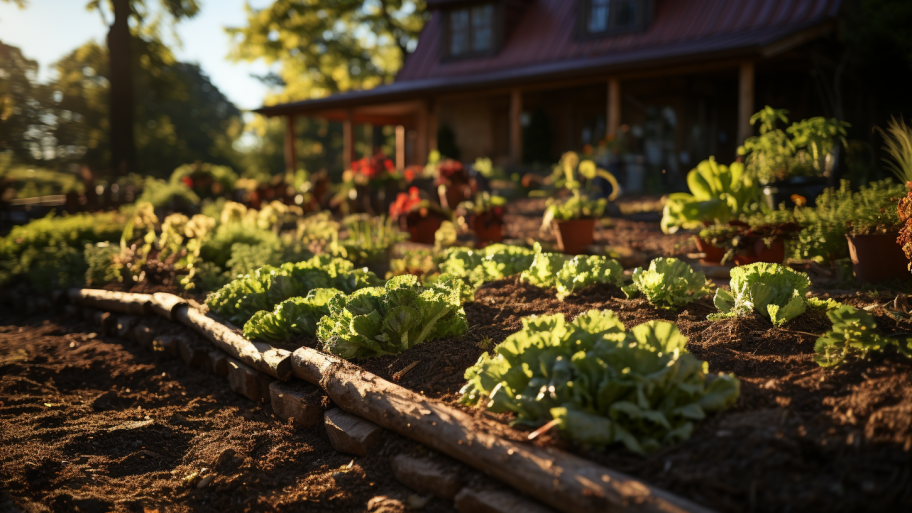Imagine being part of a global community dedicated to the study of life’s most captivating symphony – the intricate dance of seasonal change. Phenology networks and citizen science projects offer an exciting opportunity for gardeners and nature enthusiasts to contribute valuable data that can help researchers understand the impacts of climate change on ecosystems. In this article, we’ll explore the world of phenology citizen science, highlighting how you can become an active participant in these fascinating endeavors and transform your passion for nature into a meaningful contribution to scientific discovery.
Joining Phenology Networks
One of the most powerful ways to contribute to phenology research is by joining a phenology network. These networks, often managed by universities or research institutions, connect citizen scientists with the resources they need to collect and submit phenological data. By participating in a phenology network, you’ll be part of a global community working together to unravel the mysteries of nature’s clock.
There are several well-established phenology networks that you can join, including the USA National Phenology Network (USA-NPN) and the European Phenology Network (EPN). Each network has its own protocols and data submission processes, so be sure to explore their respective websites to determine which one best aligns with your interests and location.
Using Mobile Apps and Online Platforms
The advent of modern technology has made it easier than ever to participate in phenology citizen science projects. A variety of mobile apps and online platforms have been developed to streamline the process of collecting and submitting phenological data, making it accessible to anyone with a smartphone or internet connection.
Apps such as Nature’s Notebook, iNaturalist, and Budburst offer user-friendly interfaces that allow you to record your phenological observations and contribute them to a larger database. These platforms also provide access to educational resources and a community of fellow citizen scientists, allowing you to deepen your understanding of phenology and connect with others who share your passion for the natural world.
Engaging in Local Projects and Events
In addition to participating in global phenology networks and using online platforms, you may also find opportunities to engage in phenology citizen science projects at a local level. Many botanical gardens, nature centers, and educational institutions host phenology-themed events or workshops, providing hands-on experiences that can enrich your understanding of the science and its importance.
Keep an eye out for local events, such as guided phenology walks, workshops on identifying native plants, or training sessions on how to collect and submit phenological data. These experiences can not only enhance your skills as a citizen scientist but also connect you with a community of like-minded individuals who share your passion for nature and its intricate rhythms.
Relevant Products on Amazon
- “Phenology: An Integrative Environmental Science” by Mark D. Schwartz: In this groundbreaking book, Mark D. Schwartz presents a thorough overview of phenology as a multidisciplinary field of study. Exploring the science’s historical roots, methodologies, and applications, this in-depth text provides a solid foundation for understanding the importance of phenology in the context of environmental change and ecosystem dynamics.
- “Birds and Climate Change: Impacts and Conservation Responses” by James W. Pearce-Higgins and Rhys E. Green: This insightful book explores the effects of climate change on bird populations and offers conservation strategies for addressing these challenges. A must-read for those interested in phenology and avian ecology.
- Carson Pocket Micro 20x-60x LED Lighted Zoom Field Microscope (PM-450): This compact, portable microscope is perfect for on-the-go observations of plant and insect life. With a magnification range of 20x to 60x and an LED light for enhanced viewing, the Carson Pocket Micro allows you to explore the intricate details of the natural world with ease, making it an indispensable tool for phenology enthusiasts.
- Celestron 44341 LCD Digital Microscope: Ideal for both amateurs and professionals, this high-quality digital microscope features a 3.5-inch LCD screen, built-in camera, and adjustable magnification up to 200x. The Celestron 44341 offers a user-friendly interface and exceptional imaging capabilities, making it an excellent choice for studying plant and insect specimens in detail and documenting your phenological observations.
In summary, participating in phenology citizen science projects offers an unparalleled opportunity to contribute valuable data that can help researchers understand the impacts of climate change on ecosystems. By joining phenology networks, using mobile apps and online platforms, and engaging in local projects and events, you can transform your passion for nature into a meaningful contribution to scientific discovery. Your observations and efforts can make a tangible difference in our understanding of the world around us, ultimately helping to protect and preserve the delicate balance of Earth’s ecosystems.
As you embark on this journey, don’t forget to explore other ways to deepen your connection with the natural world. Consider reading the next article series, “The Art of Mosaiculture: Creating Living Murals with Plants,” which dives into the fascinating world of living plant sculptures and offers inspiring ideas for incorporating this unique art form into your garden or outdoor space. By continuously broadening your knowledge and engaging with the environment, you’ll find endless opportunities to celebrate and protect the beauty of our planet.




